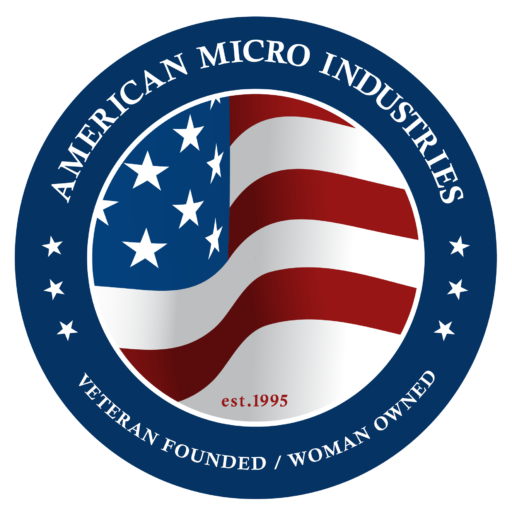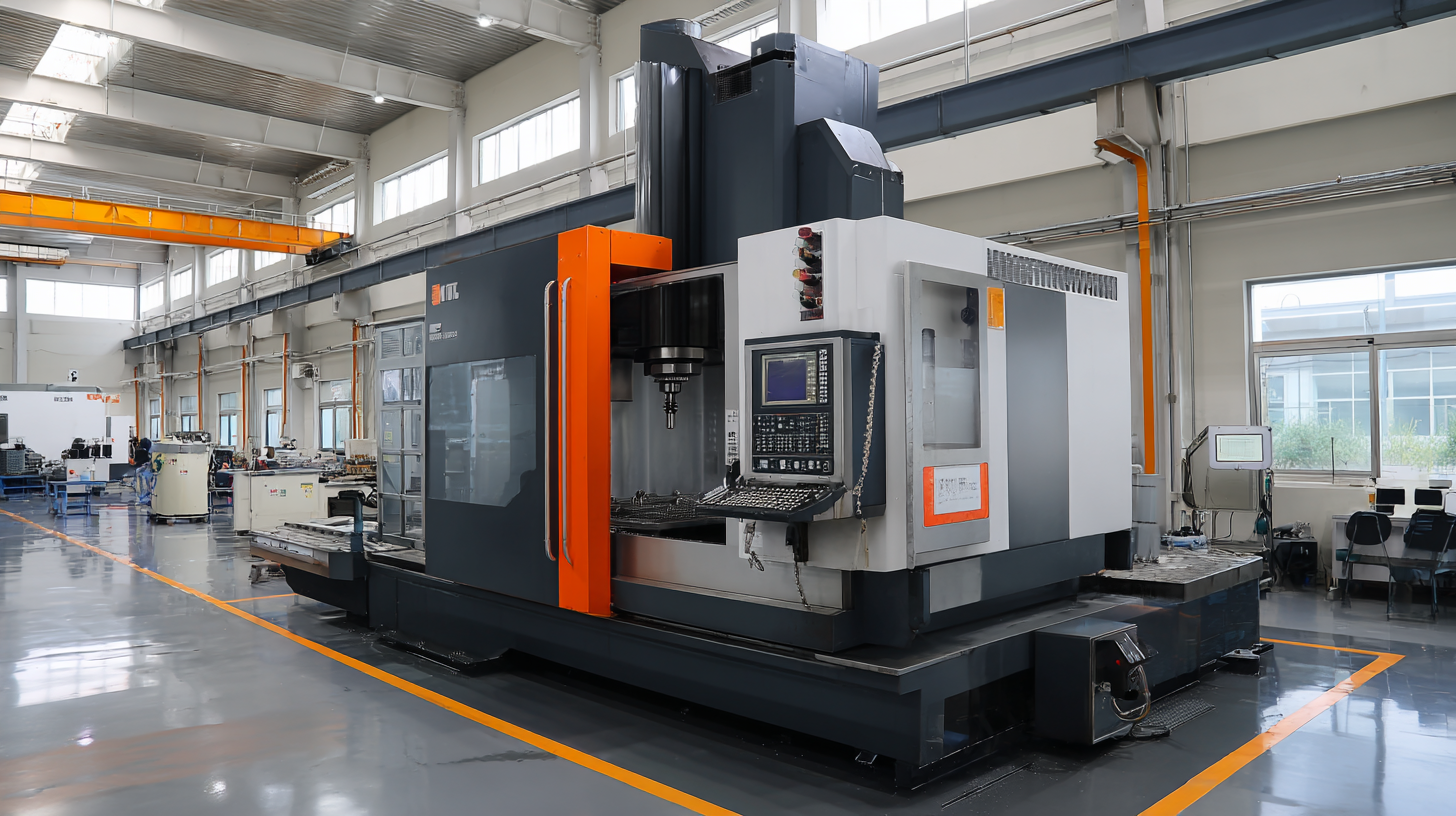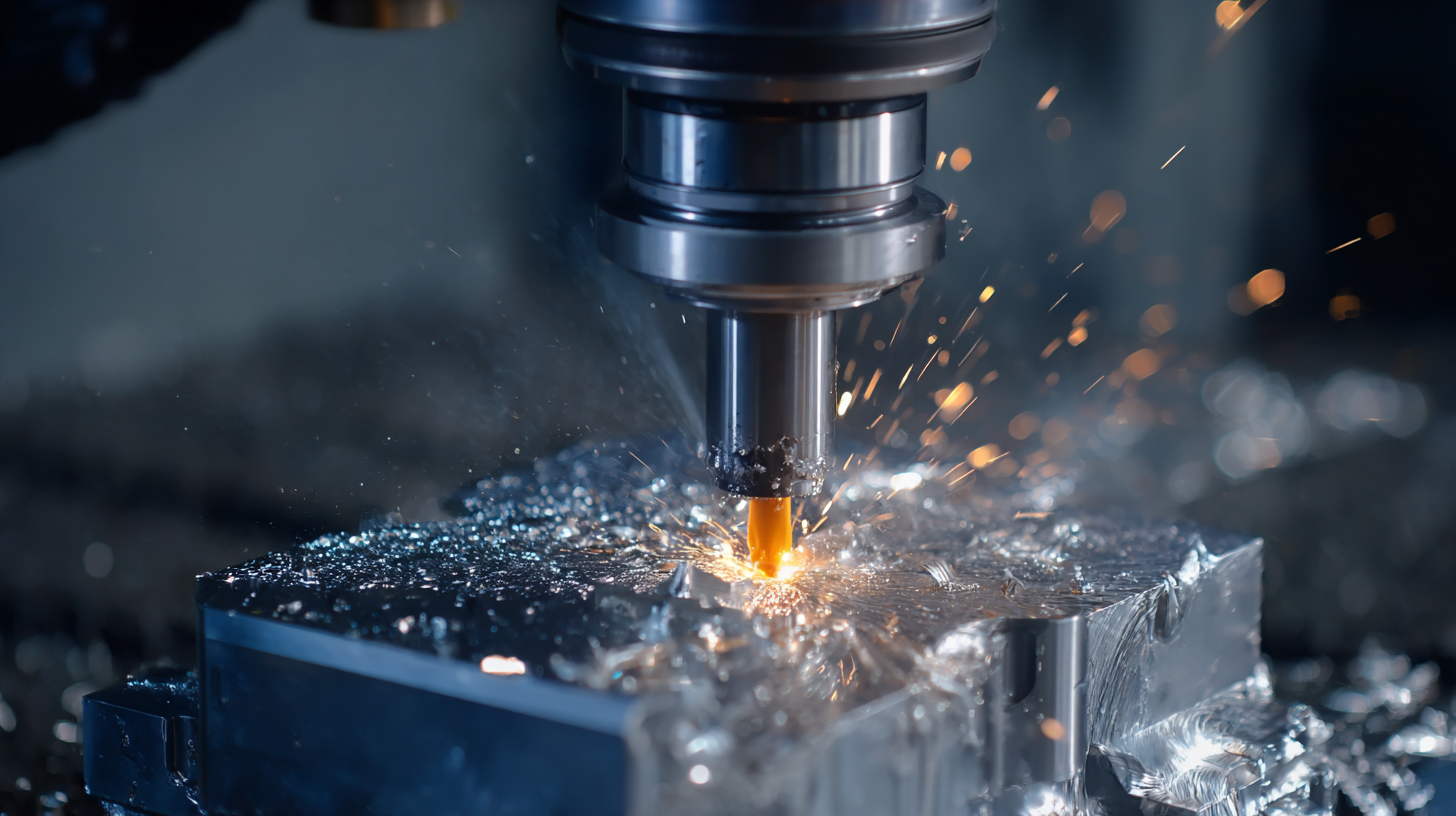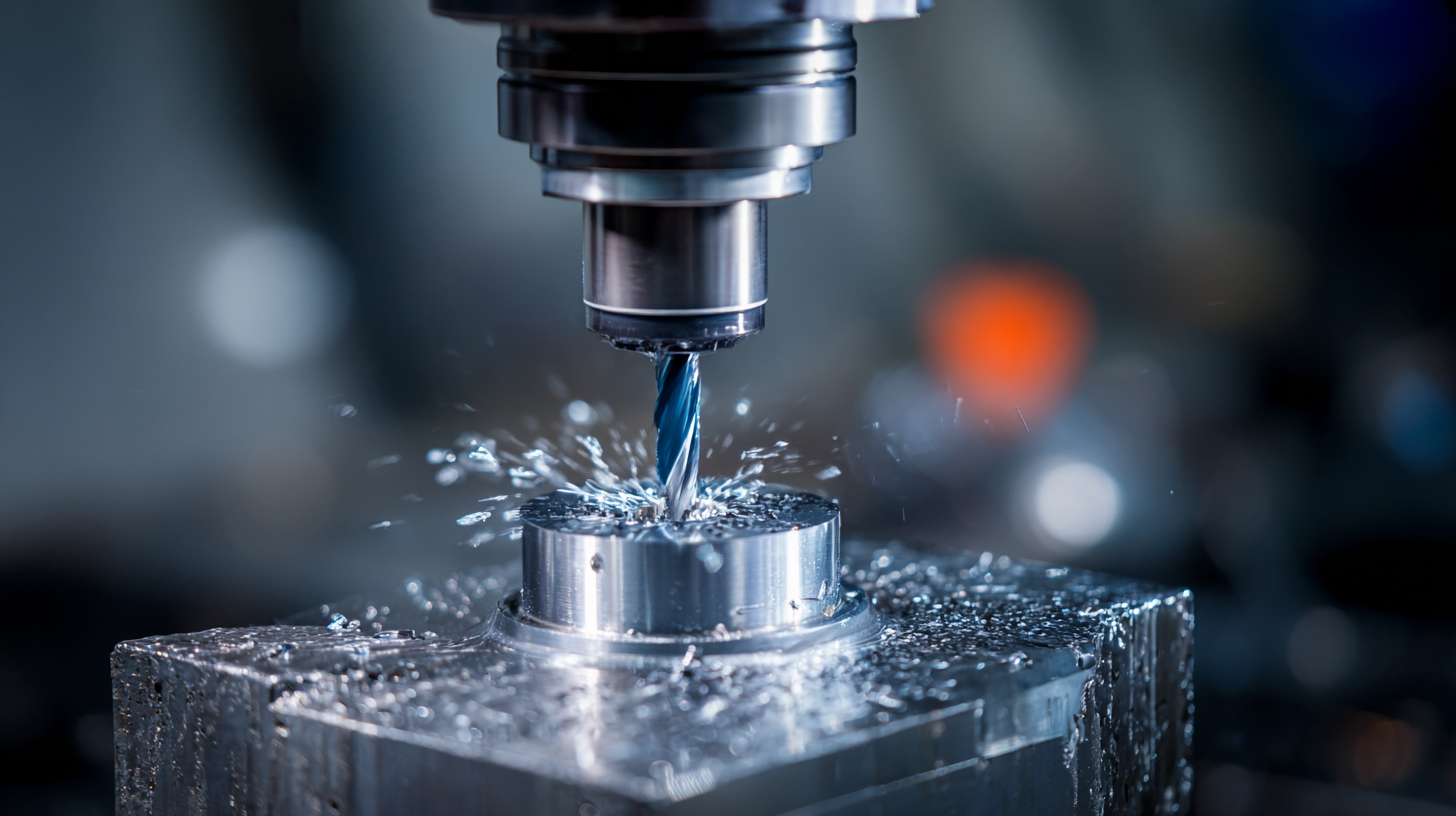
In today's dynamic manufacturing landscape, global buyers face a myriad of challenges, particularly when it comes to sourcing the best metal cutting CNC machines. According to a report by MarketsandMarkets, the metal cutting machine market is projected to reach $74.75 billion by 2026, drawing attention to the increasing demand for precision and efficiency in production processes. However, as businesses strive to enhance their competitive edge, they encounter obstacles such as rising costs, fluctuating raw material prices, and the complexities of integrating advanced technologies. Understanding these challenges is crucial for buyers aiming to invest wisely in metal cutting CNC machines that not only meet their specifications but also ensure a return on investment. This blog will explore top strategies that can help buyers navigate this intricate market landscape effectively.

As the global market for CNC metal cutting machines approaches a valuation of USD 252.67 billion by 2034, with a significant
compound annual growth rate (CAGR) of 10.2%, buyers face several challenges in sourcing quality equipment. The growth in
demand can be attributed to the increasing integration of advanced technologies and innovations within the industry. However, potential buyers must navigate a
complex landscape marked by supply chain disruptions, rising costs, and varying quality
standards across regions.
A critical obstacle is ensuring the quality and reliability of CNC machines sourced from different countries. With increased competition and varying regulatory
standards, it can be difficult for buyers to identify reputable suppliers.
Tips:
China's manufacturing landscape significantly influences the procurement of CNC machines globally. According to a report by MarketsandMarkets, the CNC machine market is projected to reach $100 billion by 2026, with a substantial portion of this growth driven by advancements in China's manufacturing capabilities. The country supplies over 30% of the world's CNC machines, offering competitive pricing and rapid production timelines. This immense scale often comes with challenges for global buyers, including quality control, compliance with international standards, and the transparency of supply chains.

Moreover, the ongoing trade tensions and geopolitical shifts have created additional uncertainties for buyers seeking to navigate the complexity of sourcing CNC machines from China. A survey conducted by the International Federation of Robotics revealed that 45% of manufacturers have faced delays due to tariffs and changing regulations. As global buyers strive to leverage China's manufacturing strengths while mitigating risks, understanding the intricate dynamics of this landscape becomes essential for effective CNC machine procurement. This requires a strategic approach, focusing on supplier reliability and consistent quality assurance, to ensure seamless operations in their production environments.
The global CNC machine market is witnessing significant growth, projected to expand from $101.22 billion in 2025 to $195.59 billion by 2032, with a remarkable CAGR of 9.9%. This growth is driven by the increasing demand for precision and efficiency in manufacturing processes, making the choice of metal cutting CNC machines crucial for global buyers.
High-performance metal cutting CNC machines are characterized by several technical specifications that enhance their functionality. Key features to consider include superior spindle speeds, robust torque capabilities, and advanced motion control systems. Spindle speed can reach up to 60,000 RPM in high-end models, allowing for improved cutting precision and reduced operational times. Furthermore, machines equipped with high-torque motors enable faster and more efficient metal removal, thus optimizing production cycles.
Additionally, buyers must pay attention to the software integration that facilitates enhanced automation and control. Advanced CNC machines often include features like real-time monitoring and predictive maintenance capabilities, which help in reducing downtime and improving overall productivity. As the industry evolves, these technical specifications will play a pivotal role in the selection of cutting-edge CNC machines, ensuring that manufacturers remain competitive in the global market.
| Specification | Value |
|---|---|
| Cutting Speed | Variable up to 6000 RPM |
| Feed Rate | 0 - 12000 mm/min |
| Max Cutting Thickness | Up to 100 mm |
| Control Type | CNC (Computer Numerical Control) |
| Table Size | 1500 x 3000 mm |
| Power Consumption | 5 - 15 kW |
| Weight | Approx. 2000 kg |
| Safety Features | Emergency Stop, Protective Cover, Sensors |
| Software Compatibility | Supports G-code, DXF, and CAD Formats |
| Warranty | 2 Years |
As the manufacturing landscape continues to evolve, the adoption of advanced CNC machinery has gained significant momentum, particularly in metal cutting applications. The cost-benefit analysis of investing in such technology reveals a compelling case for global buyers. While the initial investment may appear substantial, the long-term savings in labor costs, increased production efficiency, and superior precision make CNC machines an attractive option for businesses aiming to remain competitive in a rapidly changing market.

The recent expansion of the bending machine market, anticipated to reach over USD 9.5 billion by 2024 and grow at a CAGR of 5.9% through 2034, underscores the growing demand for advanced manufacturing solutions. Automation not only streamlines operations but also enhances capacity, allowing manufacturers to respond more swiftly to market needs. With the ability to produce intricate designs and maintain consistency, the latest CNC technologies represent a strategic investment that can propel businesses towards greater profitability and sustainability in the long run.
Navigating the complexities of regulatory and compliance challenges is a significant hurdle for international buyers of CNC equipment. The global manufacturing landscape is often characterized by divergent regulations concerning safety, emissions, and quality standards. According to a report by MarketsandMarkets, the CNC machine market is projected to reach $100 billion by 2025, but buyers must ensure that their equipment meets the varying compliance requirements in different regions. Countries like the U.S. and those in the EU have stringent regulations that can impact the importation and usage of CNC machines, making it essential for buyers to stay informed about local laws and certifications.
Tip: Conduct thorough research on the regulatory landscape of the target market before proceeding with a purchase. This can include understanding CE marking in Europe, FDA regulations in the U.S., and GHS compliance for materials. Non-compliance can lead to penalties and added costs, which could drastically affect overall profitability.
Another critical factor involves the technological standards that countries impose. For instance, the International Organization for Standardization (ISO) sets forth guidelines that many manufacturers must adhere to. Compliance with ISO standards can enhance a buyer's credibility and improve the perceived quality of their products. On top of this, freight and customs regulations can also add to the complexity of procurement.
Tip: Engage with local experts or consultants who have a deep understanding of both regulatory frameworks and market conditions. Their insights can help in identifying potential regulatory pitfalls and aligning purchasing strategies accordingly.

